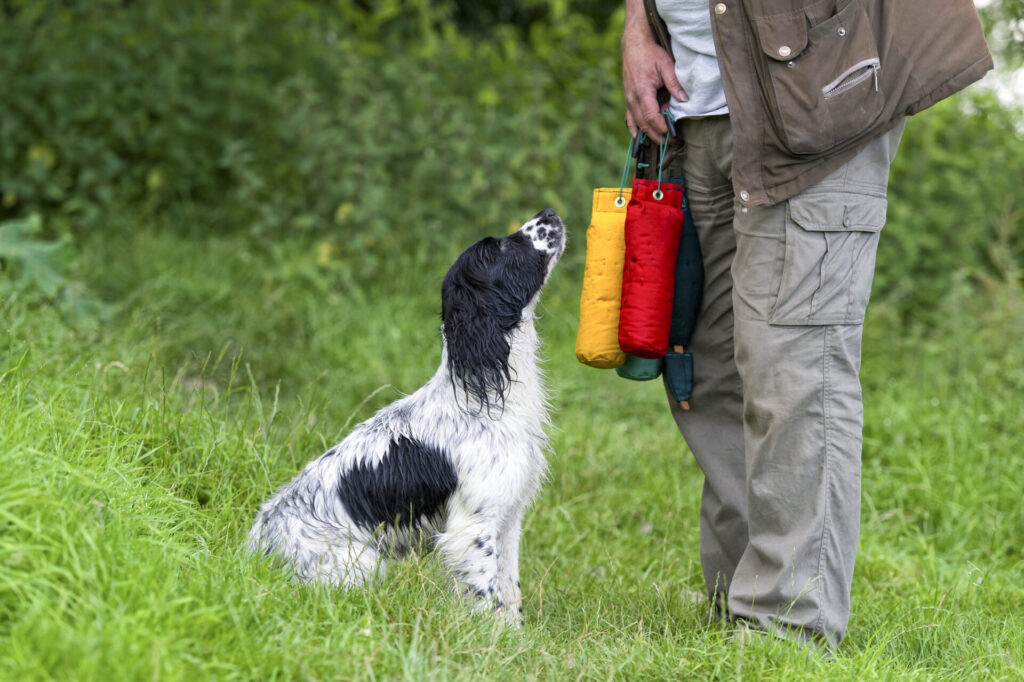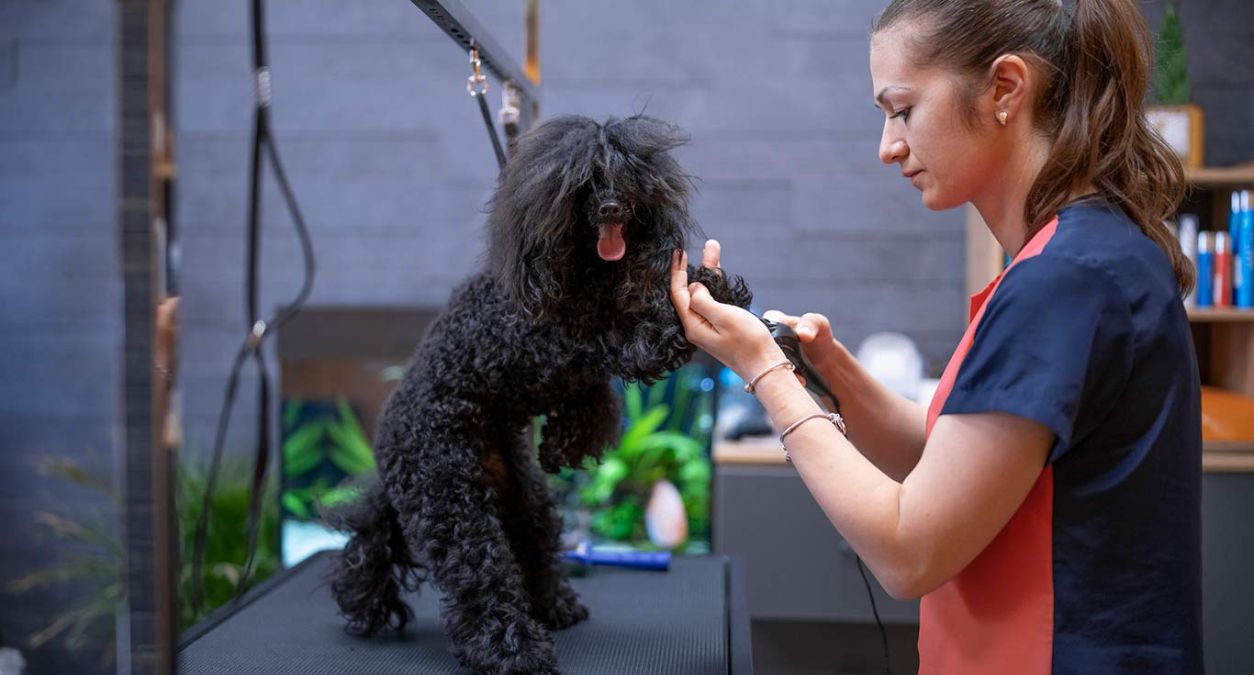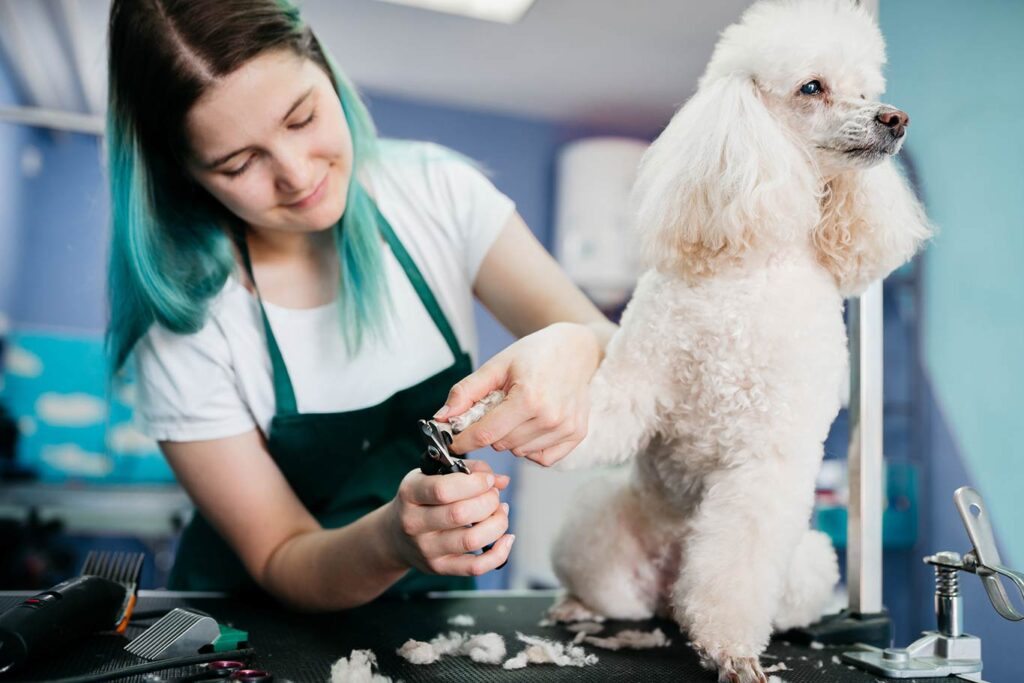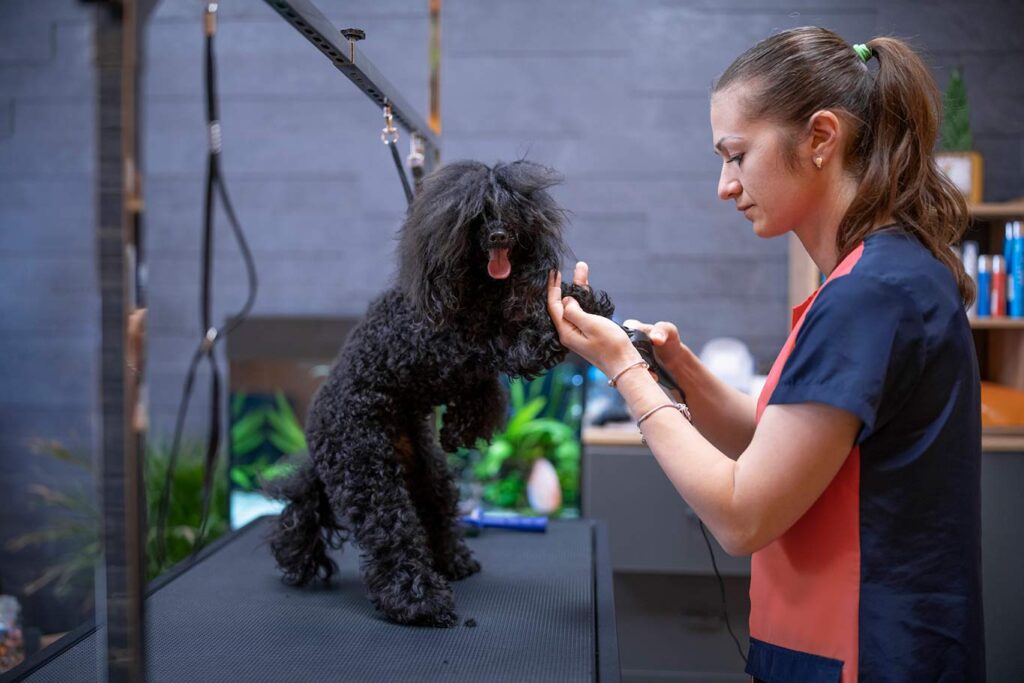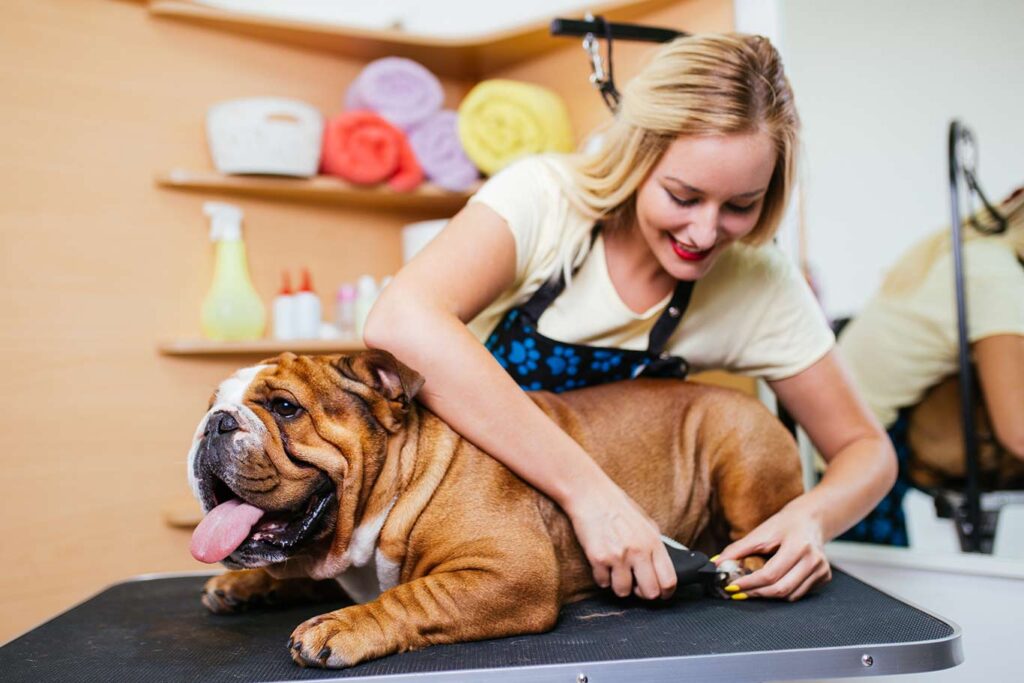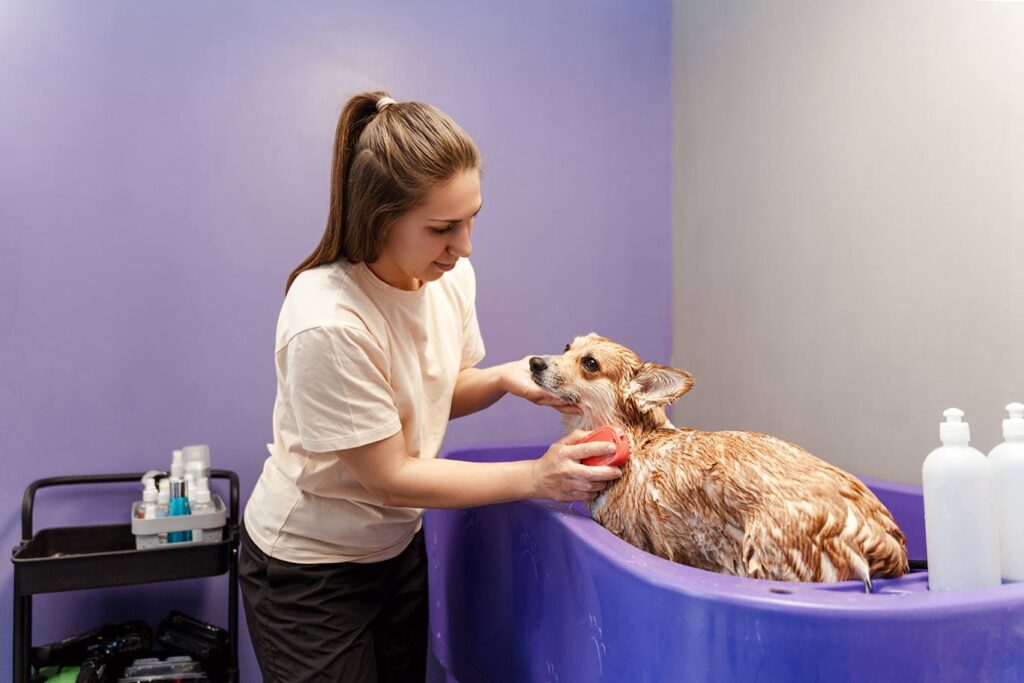If you operate a dog walking business, no matter how large or small, insurance is hugely important. Not only will it make your business more appealing and professional to clients, but it could save you thousands of pounds if things go wrong.
Many insurance policies for dog walkers are divided into a number of key benefits. Here are the six things you should look out for in particular.
Once you are clued up on exactly what cover you need, remember to visit our Dog Walking Insurance page to get your instant quote.
Care, Custody and Control
Essentially protecting the dogs you come into contact with every day, Care, Custody and Control cover is a major part of your insurance policy.
As the name suggests, the benefit is most useful when a dog in your care, your custody or your control is injured, goes missing or on extremely rare occasions, dies. With insurance in place, any vet bills that occur because of the incident are covered.
As this primarily covers your negligence, it is not applicable to dogs with previous medical conditions or disabilities.
Public Liability
As a dog walker, it is likely you will be out and about and come into contact with a large number of people. Public Liability insurance for dog walkers covers you if a member of the public is injured as a result of your business’s actions.
For example, if you become separated from a dog you are walking due to your lack of care and attention and that dog attacks a third-party, you could be sued for any injuries caused. If this was the case, your Public Liability cover would mean solicitors fees and the subsequent settlement of the claim is taken care of by your insurance policy.
Public Liability also includes damage caused to property. So if your actions or those of a member of your staff caused damage to a third party property, the legal defence and settlement are taken care of by your insurance.
Non-Negligent Cover
Like Care, Custody and Control cover, with one small difference. This protects you should an animal in your care suffer an injury that was not your fault. Vet bills and any subsequent compensation to the pets’ owners will be taken care of by your insurance policy.
Equipment Cover
Dog walking equipment may be limited to leads, collars, and little else, but protecting what you do use is important. Having suitable equipment cover in place means that if you suffer damage or loss of your tools of the trade, you could be eligible to make a claim.
Loss of Keys Cover
You may take responsibility for the keys to the property of your clients. Although small, losing keys to a property could have big consequences if you need to get in.
Firstly, replacing the locks that will need to be broken to get into the property doesn’t come cheap. Secondly, you will need to get new keys cut to operate the new locks that are put in place.
Furthermore, it may be that by breaking into a property an intruder alarm is set off. If the alarm needs professional attention to be reset, your policy will cover the costs, as well as the cost of new locks and replacement keys.
Employers’ Liability
If you operate on your own, this is not necessary. However, if you employ any members of staff on a paid or voluntary basis, Employers’ Liability is a legal requirement. With Protectivity, close family are included in your policy as standard. In this instance, Employers’ Liability is not necessary, but it is important that you check your cover when buying insurance.
This cover protects your dog walking business should a staff member sue you for injury. Like Public Liability cover, the defence costs and the claim settlement will be taken care of by your insurance.
Get Dog Walking Insurance from Protectivity
*Disclaimer – This blog has been created as general information and should not be taken as advice. Make sure you have the correct level of insurance for your requirements and always review policy documentation. Information is factually accurate at the time of publishing but may have become out of date.
Last updated by





































